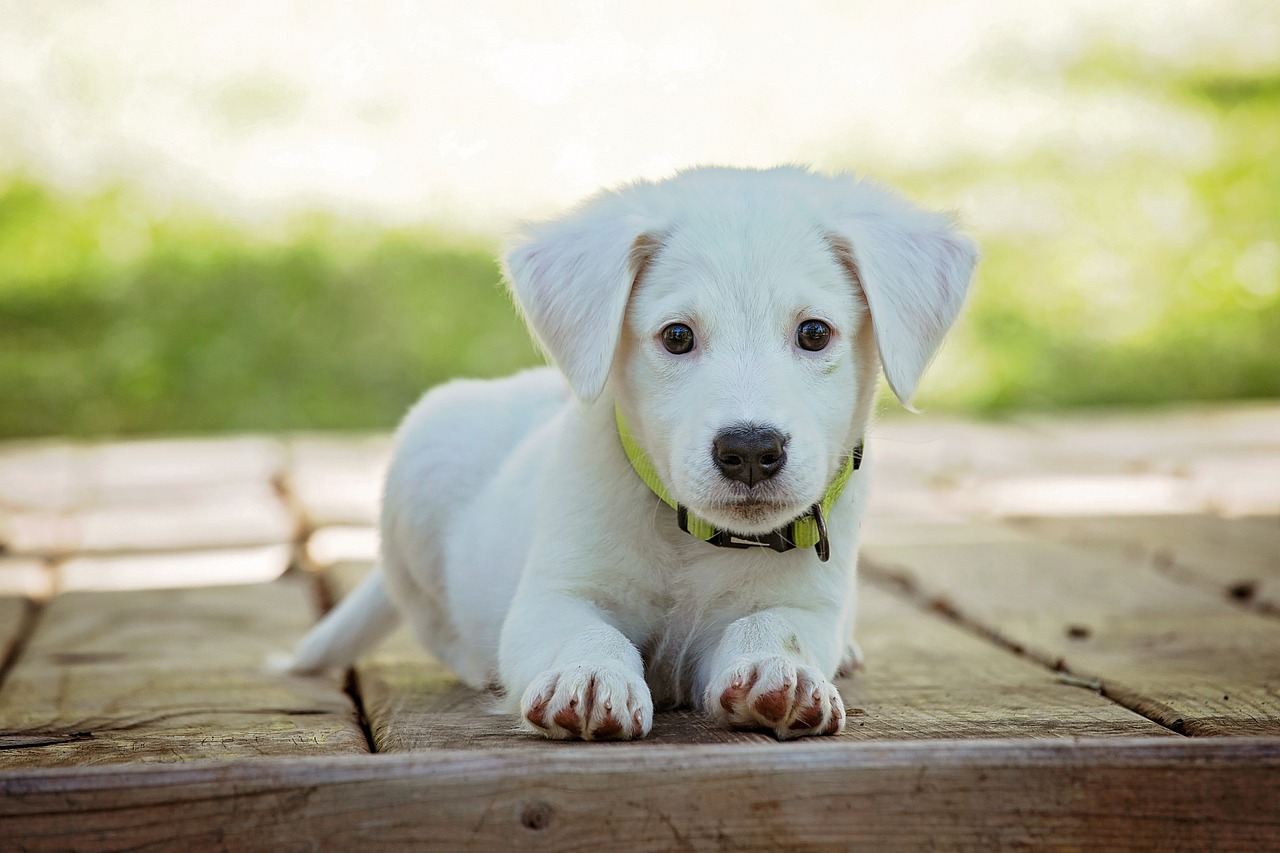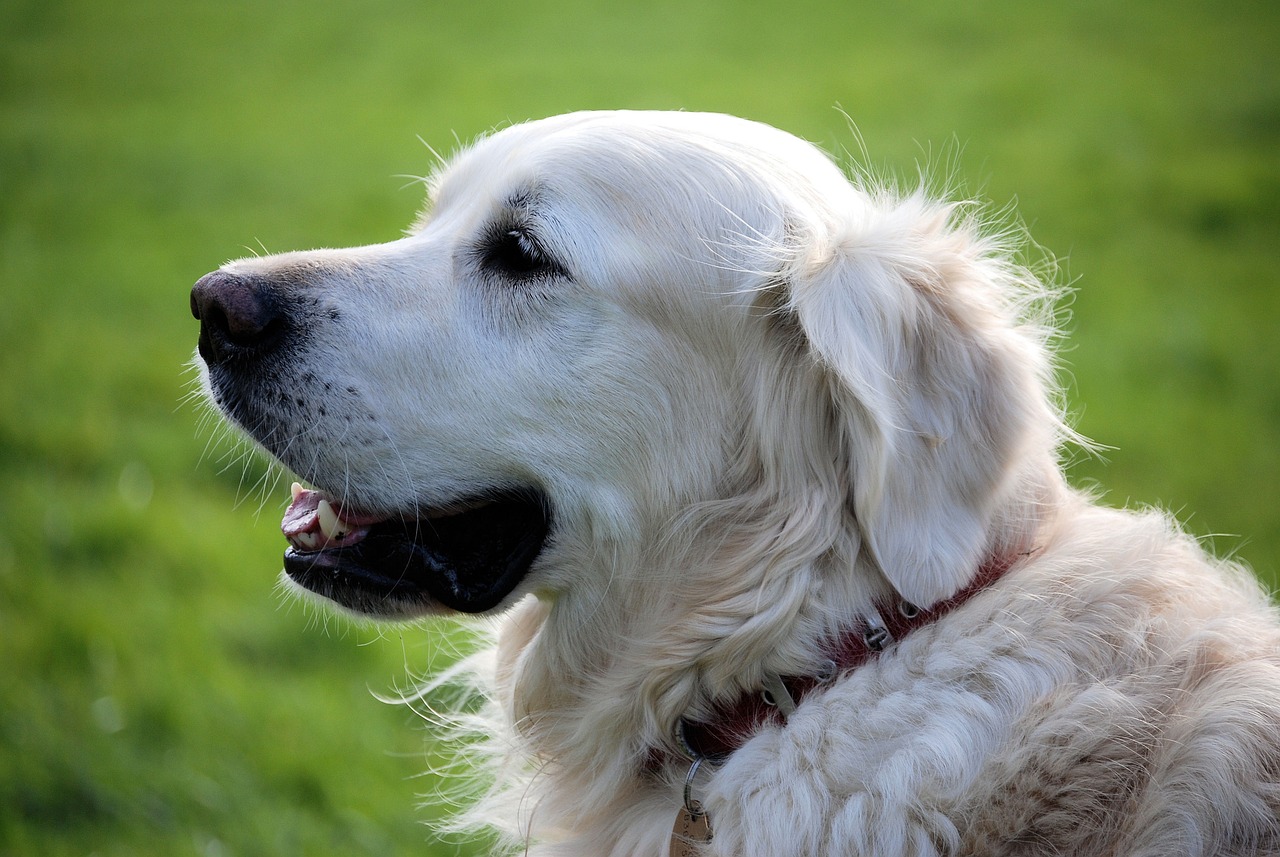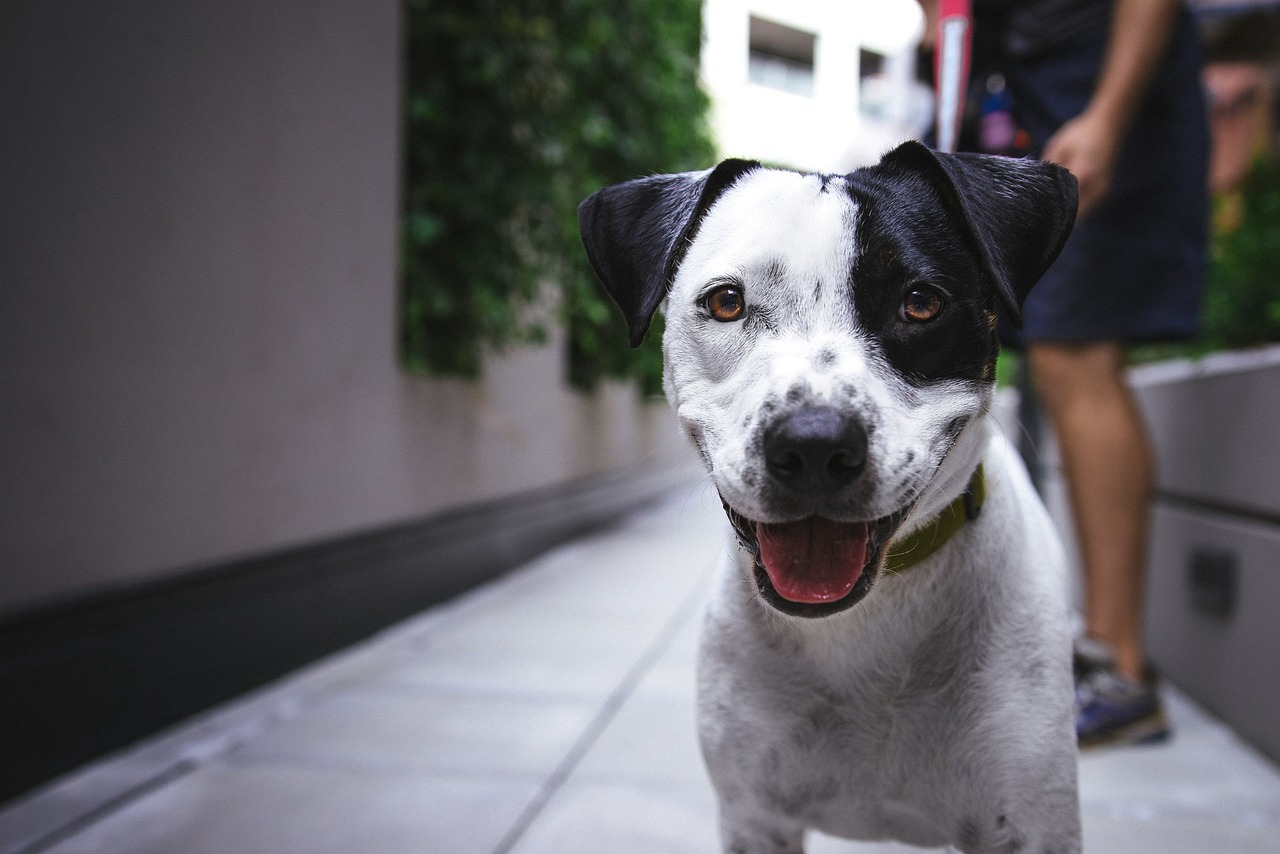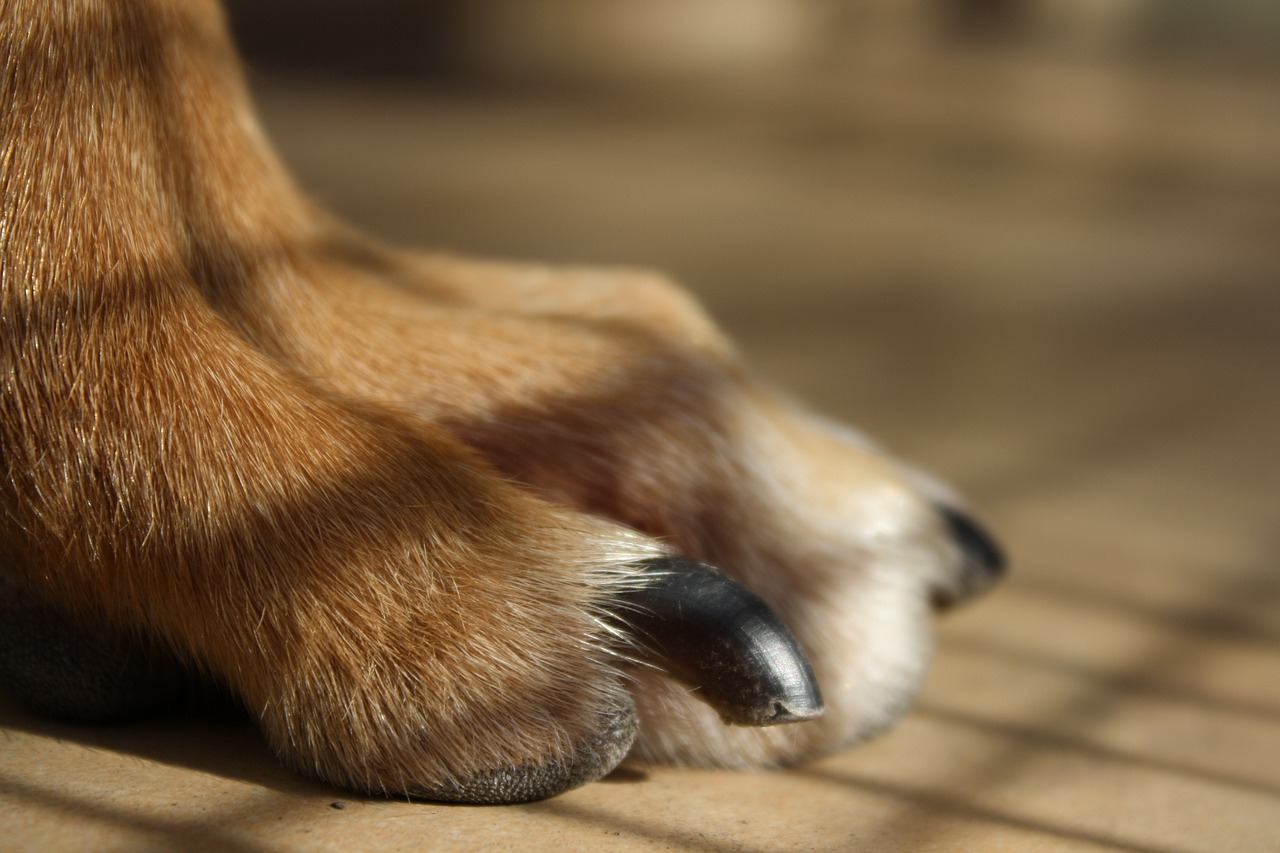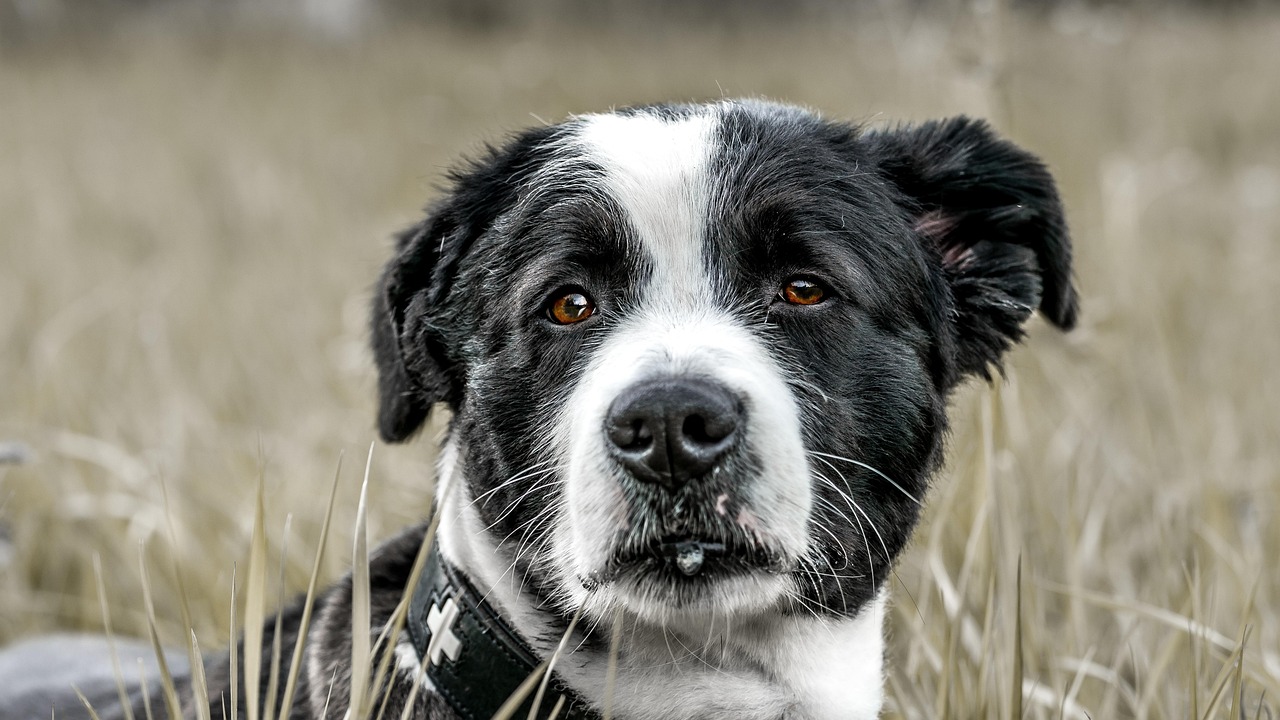This article explores the critical aspects of dog bite injuries, focusing on when stitches are required, how to care for wounds, and preventative measures to avoid bites in the first place.
Understanding Dog Bite Injuries
Dog bite injuries can range from minor scratches to severe lacerations. Recognizing the type of injury is essential for determining the appropriate treatment. Factors such as the depth and location of the bite, as well as the overall health of the dog and the victim, play a significant role in assessing the need for stitches.
When Are Stitches Required?
Not all dog bite wounds necessitate stitches. Here are some criteria to consider:
- Wound Depth: Deep wounds that penetrate the skin layers typically require stitches.
- Location: Bites on the face, hands, or joints often need stitches due to functional and cosmetic concerns.
- Risk of Infection: Wounds that are contaminated or have a significant risk of infection should be stitched to promote healing.
Superficial Wounds
Superficial wounds usually heal without stitches. These may exhibit minor bleeding and irritation but can be treated effectively at home.
Home Care for Superficial Wounds
To care for superficial wounds:
- Clean the wound gently with soap and water.
- Apply an antiseptic solution.
- Cover with a sterile bandage.
Deep Wounds
Deep wounds pose a higher risk for complications and generally require professional medical attention. Signs such as excessive bleeding or gaping edges indicate the need for stitches.
The Risks of Not Getting Stitches
Failure to stitch deep or severe wounds can lead to:
- Infection: Untreated wounds are susceptible to bacterial infections.
- Long-term Consequences: Complications such as chronic pain and scarring may arise.
How to Care for Stitches
Once stitches are applied, proper care is crucial:
- Cleaning: Keep the area clean and dry.
- Monitoring: Watch for signs of infection, such as redness or swelling.
Preventing Dog Bites
Preventative measures are the best approach to avoid dog bite injuries:
- Educate children on safe interactions with dogs.
- Always supervise playtime between dogs and young children.
- Consider training for dogs to enhance their behavior.
In conclusion, understanding the nature of dog bite injuries, knowing when stitches are necessary, and implementing preventative strategies can significantly reduce the risks associated with dog bites. Always seek professional medical advice for any concerns regarding dog bite injuries.

Understanding Dog Bite Injuries
Dog bite injuries can vary significantly in severity, and recognizing the different types of injuries is crucial for determining the appropriate treatment. These injuries can range from minor scratches to severe lacerations that may require immediate medical attention. Understanding the nature of the injury can help pet owners make informed decisions about whether stitches are necessary for proper healing and recovery.
When a dog bites, the force and location of the bite play significant roles in the type of injury sustained. Superficial wounds may only affect the outer layer of the skin, while deep wounds can penetrate muscle and tissue, leading to more serious complications.
- Superficial Wounds: These are typically characterized by minor bleeding and irritation. They often heal on their own and may not require stitches. Basic first aid, such as cleaning and applying antiseptic, can facilitate healing.
- Deep Wounds: These injuries often require professional intervention. If the wound is deep enough to expose underlying tissues or if it shows signs of significant bleeding, stitches are usually necessary to promote proper healing and reduce the risk of infection.
Recognizing the signs of different types of wounds is crucial. Symptoms of a superficial wound include limited bleeding and mild swelling, whereas deep wounds may present with excessive bleeding, severe pain, and visible tissue damage.
In conclusion, understanding the severity of dog bite injuries is essential for proper treatment. Pet owners should be vigilant in assessing the type of injury and seek veterinary care when necessary to ensure the best possible outcome for their pet’s health.

When Are Stitches Required?
Understanding whether a dog bite wound requires stitches is crucial for ensuring the well-being of your pet. Not all wounds necessitate stitching; however, certain criteria can help determine when they are essential for proper healing.
Wound Depth
One of the primary factors in deciding whether stitches are necessary is the depth of the wound. If the injury penetrates through the skin and into the underlying tissues, stitches are often required to promote healing and prevent complications. Superficial wounds, which only affect the outer layer of skin, may heal on their own with proper care.
Wound Location
The location of the wound also plays a significant role in the decision-making process. Wounds on areas with high movement, such as joints, may require stitches to ensure that the skin edges remain together during the healing process. Conversely, wounds in less mobile areas may not need stitching.
Risk of Infection
Another critical consideration is the risk of infection. Dog bites can introduce bacteria into the wound, leading to potential infections. If a bite wound appears deep, has jagged edges, or is accompanied by significant swelling or discharge, it is essential to seek veterinary care. Stitches can help close the wound and reduce the risk of infection.
Signs That Stitches Are Needed
- Wounds that are more than half an inch deep
- Wounds that are located on the face, paws, or joints
- Wounds that continue to bleed after applying pressure for 5-10 minutes
- Wounds that show signs of infection, such as redness or pus
In summary, while not all dog bite wounds require stitches, it is vital to assess factors such as wound depth, location, and infection risk to make an informed decision. When in doubt, consulting a veterinarian is always the best course of action to ensure your pet receives the appropriate care.
Superficial Wounds
are common injuries that can occur in pets, particularly dogs. These types of wounds often arise from minor scrapes, cuts, or abrasions that do not penetrate deeply into the skin. Understanding how to identify and care for these wounds is essential for any pet owner.
Many superficial wounds can heal without the need for stitches. Recognizing these injuries can not only save time but also reduce unnecessary visits to the veterinarian. Prompt recognition of superficial wounds allows for effective home care, which can promote healing and prevent complications.
Signs of a Superficial Wound
- Minor bleeding that stops quickly
- Redness and slight swelling around the injury
- Minimal pain or discomfort
These signs indicate that the wound is likely superficial and may not require professional medical intervention. However, it is crucial to monitor the injury closely to ensure proper healing.
Home Care for Superficial Wounds
When caring for a superficial wound at home, follow these steps:
- Clean the wound: Use mild soap and water to gently cleanse the area.
- Apply antiseptic: After cleaning, apply an antiseptic solution to prevent infection.
- Monitor for infection: Keep an eye on the wound for any signs of increased redness, swelling, or discharge.
By taking these steps, pet owners can facilitate healing without the need for stitches. However, if a wound does not improve or worsens, seeking veterinary care is essential to prevent complications.
In conclusion, understanding superficial wounds and how to care for them can help pet owners manage minor injuries effectively. By being vigilant and proactive, you can ensure your furry friend heals quickly and comfortably.
Signs of a Superficial Wound
Superficial wounds are common injuries that can occur in various situations, including playful encounters with pets or minor accidents. Recognizing the signs of these wounds is crucial for effective home care and ensuring proper healing.
- Minor Bleeding: One of the first indications of a superficial wound is minor bleeding. This usually occurs when the skin’s surface is broken but does not penetrate deeply, allowing for the body’s natural clotting mechanisms to take effect.
- Irritation and Redness: Affected areas often exhibit irritation and redness. This is a normal response as the body reacts to the injury.
- Swelling: Mild swelling may also accompany superficial wounds. This occurs as blood flow increases to the area as part of the healing process.
- Pain or Discomfort: While superficial wounds are generally less painful than deeper injuries, there may still be some level of discomfort or tenderness in the affected area.
- Scabbing: As the wound begins to heal, a scab may form, indicating that the body is working to protect the area and promote healing.
These wounds typically heal with basic first aid measures and do not necessitate professional intervention. However, it is essential to monitor the wound for any signs of infection, such as increased redness, swelling, or pus. If any of these symptoms occur, seeking veterinary care is advisable.
In summary, recognizing the signs of a superficial wound can facilitate timely and effective home care, ensuring that healing occurs without complications.
Home Care for Superficial Wounds
When it comes to managing superficial wounds, proper home care is essential to ensure effective healing and to prevent complications. These types of injuries, which typically involve only the outer layers of skin, can often be treated successfully at home with the right approach.
- Step 1: Clean the Wound
Begin by gently rinsing the wound with clean, lukewarm water to remove any dirt or debris. It’s important to avoid using harsh soaps or alcohol, as these can irritate the skin and delay healing. - Step 2: Apply Antiseptic
After cleaning, apply a thin layer of antiseptic ointment. This helps to prevent infection and keeps the wound moist, which is crucial for healing. - Step 3: Cover the Wound
Use a sterile bandage or gauze to cover the wound. This protects it from additional injury and reduces the risk of infection. Change the bandage daily or whenever it becomes wet or dirty. - Step 4: Monitor for Infection
Keep an eye on the wound for signs of infection, which may include increased redness, swelling, warmth, or discharge. If any of these symptoms occur, it’s important to consult a healthcare professional.
By following these simple steps, pet owners can facilitate healing without the need for stitches. However, it is crucial to assess the wound’s severity accurately. If there are any doubts about the injury, seeking veterinary advice is always recommended.
In conclusion, proper home care for superficial wounds not only promotes healing but also empowers pet owners to take proactive steps in managing their pet’s health. Always prioritize safety and be vigilant in monitoring the healing process.
Deep Wounds
Understanding Deep Wounds in Pets
Deep wounds in pets, particularly from bites or accidents, can pose serious health risks. These injuries often extend beyond the surface layer of skin, affecting underlying tissues and increasing the likelihood of complications. Recognizing the characteristics of is essential for pet owners to make informed decisions about their furry friends’ health.
Characteristics of Deep Wounds
- Depth: Deep wounds penetrate multiple layers of skin and can reach muscle or fat tissue.
- Location: Wounds located on the abdomen, chest, or near joints often require more careful evaluation.
- Bleeding: Profuse bleeding can indicate a deeper injury that necessitates immediate veterinary attention.
When to Seek Veterinary Care
If you notice any signs of a deep wound, such as excessive bleeding, swelling, or an unusual odor, it is crucial to seek veterinary care promptly. Vets can assess the wound and determine if stitches are necessary for proper closure and healing.
The Importance of Stitches
Stitches, or sutures, are essential for closing deep wounds effectively. They help to:
- Minimize the risk of infection by keeping the wound edges together.
- Promote faster healing by providing a stable environment for tissue regeneration.
- Reduce the likelihood of scarring, which can be significant with untreated wounds.
Conclusion
In summary, understanding the nature of deep wounds in pets is vital for ensuring their health and well-being. By recognizing the signs and knowing when to seek veterinary assistance, pet owners can help their furry companions recover swiftly and safely.

The Risks of Not Getting Stitches
When a dog suffers a bite, the severity of the wound can vary greatly. It is vital to understand that neglecting to seek professional veterinary care for deep or severe wounds can lead to serious complications. Pet owners must be aware of the potential risks involved in not getting stitches, as this can significantly affect their pet’s health and recovery.
Infection Risks
One of the most critical concerns with untreated dog bite wounds is the risk of infection. Bacteria can enter through deep wounds, leading to conditions such as cellulitis or abscesses. Symptoms of infection may include:
- Redness and swelling around the wound
- Pus or discharge
- Increased pain or tenderness
- Fever or lethargy
Timely medical intervention is crucial; if an infection develops, it may require antibiotics or even surgical intervention, complicating the healing process.
Delayed Healing
Without proper closure, deep wounds may heal slowly or inadequately. This can lead to chronic wounds that do not heal properly, prolonging discomfort for the pet. Additionally, delayed healing can result in a higher likelihood of scarring, which may affect the pet’s appearance and overall well-being.
Long-term Consequences
Untreated wounds can also lead to long-term complications, such as:
- Chronic pain
- Mobility issues
- Increased susceptibility to future injuries
Understanding these potential outcomes highlights the importance of seeking veterinary care for dog bite injuries, ensuring that pets receive the appropriate treatment to facilitate healing.
In conclusion, recognizing the risks associated with not getting stitches for severe dog bite wounds is essential for pet owners. Ensuring timely and proper care can prevent complications and promote a healthier recovery for your beloved pet.
Infection Risks
Infection following a dog bite is a critical issue that pet owners must take seriously. Understanding the signs and symptoms of infection can make a significant difference in the recovery process. When a dog bites, the skin is broken, allowing bacteria from the dog’s mouth or the surrounding environment to enter the wound. This can lead to serious complications if not addressed promptly.
Common symptoms of infection include:
- Redness around the wound site
- Swelling that persists or worsens
- Pain that increases over time
- Pus or other drainage from the wound
- Fever or chills
If any of these symptoms are present, it is crucial to seek immediate medical attention. Early intervention can help prevent the infection from spreading and reduce the risk of more severe health issues.
Moreover, the importance of timely medical intervention cannot be overstated. Infections can escalate quickly, leading to abscesses, systemic infections, or even sepsis, a life-threatening condition. Treatment typically involves cleaning the wound thoroughly, possibly administering antibiotics, and in some cases, performing surgical procedures to remove infected tissue.
In conclusion, recognizing the signs of infection and understanding the importance of prompt medical care are vital steps in managing dog bite wounds. Being proactive not only aids in a quicker recovery but also ensures the overall health and safety of your pet.
Long-term Consequences
When it comes to dog bite injuries, the implications of neglecting proper treatment can be severe. Untreated wounds do not just pose immediate risks; they can lead to a myriad of long-term complications that significantly impact a pet’s quality of life. Understanding these potential outcomes is crucial for every pet owner.
One of the most common issues stemming from untreated wounds is chronic pain. This persistent discomfort can arise from improper healing or underlying infections that go unnoticed. Affected pets may exhibit signs of distress, such as reluctance to move, changes in behavior, or sensitivity when touched. Chronic pain can also lead to behavioral changes, making the animal more irritable or withdrawn.
In addition to chronic pain, untreated injuries can result in mobility issues. A wound that is not adequately cared for may heal improperly, leading to scar tissue formation. This scar tissue can restrict movement or function, causing long-term mobility problems that affect the pet’s ability to run, jump, or engage in normal activities. Such limitations can lead to a sedentary lifestyle, further exacerbating health issues like obesity.
Furthermore, untreated wounds can lead to infections that spread beyond the initial injury site. Systemic infections can be life-threatening and require extensive medical intervention. Early recognition of infection symptoms, such as increased redness, swelling, or discharge, is essential for effective treatment.
In conclusion, understanding the long-term consequences of untreated dog bite wounds underscores the importance of seeking timely veterinary care. Proper wound treatment not only aids in immediate recovery but also prevents chronic issues that can affect a pet’s overall well-being. Pet owners are encouraged to prioritize their pets’ health by ensuring that any injuries are assessed and treated promptly.

How to Care for Stitches
Once stitches are applied, proper care is essential for optimal healing. This section provides comprehensive guidelines on how to care for stitched wounds, ensuring that complications are minimized and recovery is as smooth as possible.
1. Cleaning the Wound
Maintaining cleanliness is crucial. Gently clean the stitched area with mild soap and water to remove any dirt or debris. Avoid using alcohol or hydrogen peroxide, as these can irritate the skin and delay healing. Pat the area dry with a clean towel.
2. Applying Antiseptic
After cleaning, apply a thin layer of antiseptic ointment to the stitches. This helps prevent infection and keeps the area moisturized. Be sure to use a product that is recommended by your veterinarian or healthcare provider.
3. Bandaging the Area
Cover the stitched wound with a sterile bandage to protect it from dirt and bacteria. Change the bandage daily or whenever it becomes wet or dirty. Ensure that the bandage is not too tight, as this can restrict blood flow and impede healing.
4. Monitoring for Complications
Regularly check the stitched area for any signs of complications, such as:
- Increased redness or swelling
- Pus or unusual discharge
- Foul odor
- Increased pain or discomfort
If any of these symptoms occur, contact your veterinarian or healthcare provider immediately.
5. Avoiding Irritation
Prevent your pet from licking or scratching the stitched area, as this can lead to infection or pulling out the stitches. Consider using an Elizabethan collar or a protective garment until the stitches are removed.
6. Follow-Up Care
Attend all follow-up appointments to ensure that the stitches are healing properly. Your veterinarian will advise when it is safe to remove the stitches, which is typically 10 to 14 days after application.
By following these guidelines, you can help ensure a smooth recovery for your pet and reduce the risk of complications associated with stitched wounds.
Cleaning and Bandaging
Proper care of a stitched area is essential for ensuring a smooth recovery process. Keeping the stitched area clean and properly bandaged is not just a matter of hygiene; it significantly impacts the healing process and helps prevent complications.
Here are some best practices for maintaining cleanliness and protecting the wound during recovery:
- Gentle Cleaning: Use a mild soap and water solution to gently clean around the stitched area. Avoid using harsh chemicals or scrubbing the wound, as this can cause irritation and delay healing.
- Drying the Area: After cleaning, pat the area dry with a clean, soft cloth. Ensure that the stitched area is completely dry before applying any bandage.
- Applying Antiseptic: Apply a thin layer of antiseptic ointment around the stitches to reduce the risk of infection. Be cautious not to apply it directly on the stitches unless advised by a veterinarian.
- Proper Bandaging: Use a sterile bandage to cover the stitched area. Ensure that it is snug but not too tight, as excessive pressure can impede blood circulation.
- Change Bandages Regularly: Change the bandage at least once a day or whenever it becomes wet or soiled. Regular changes help maintain cleanliness and allow for monitoring of the wound.
- Avoiding Moisture: Keep the stitched area dry. Avoid bathing or allowing the area to get wet until the stitches are removed, unless otherwise directed by your veterinarian.
Monitoring the stitched area for any signs of infection or complications is crucial. Look for increased redness, swelling, or discharge, and contact your veterinarian if any of these symptoms occur. By following these best practices, you can help ensure that your pet heals quickly and comfortably.
Monitoring for Complications
is a critical aspect of caring for dog bite stitches. After a dog bite injury, it is essential to keep a close watch on the stitched area to identify any potential complications that may arise during the healing process. This proactive approach can significantly influence the outcome of recovery.
One of the most important factors to monitor is the presence of increased redness around the stitched site. While some redness may be normal, a marked increase can indicate an infection or an adverse reaction. Additionally, swelling in the area should also be closely observed. If the swelling worsens, it may suggest that the body is struggling to heal properly.
Other signs to watch for include excessive drainage from the wound, which could signify infection, and foul odors emanating from the stitched area. These symptoms warrant immediate veterinary attention to prevent serious complications. Furthermore, if your dog exhibits signs of discomfort or restlessness, it could indicate that the stitched area is causing pain or distress.
Regularly cleaning the area as per your veterinarian’s instructions can help minimize the risk of infection. It is advisable to use a gentle antiseptic solution to keep the wound clean and free from debris. If any of the aforementioned signs appear, it is crucial to consult your veterinarian promptly. Early detection and intervention can prevent serious issues and facilitate a smoother recovery.
In summary, vigilant monitoring of the stitched area is paramount in ensuring your dog’s recovery from a bite injury. By being attentive to changes in the wound’s appearance and your dog’s behavior, you can help ensure a safe and effective healing process.

Preventing Dog Bites
is a crucial aspect of ensuring safety for both humans and dogs. By implementing effective strategies, we can significantly reduce the risk of dog bites in various situations. This section outlines practical measures that can be taken to prevent such incidents.
- Education and Awareness: One of the most effective ways to prevent dog bites is through education. Understanding dog behavior and body language can help individuals recognize signs of aggression or discomfort in dogs. For example, a dog that is growling, showing teeth, or has its ears pinned back may feel threatened.
- Socialization: Properly socializing dogs from a young age can greatly reduce the likelihood of aggressive behavior. Exposing dogs to different people, environments, and other animals can help them become more adaptable and less fearful.
- Supervision: Always supervise interactions between dogs and children. Young children may not understand how to interact with dogs appropriately, which can lead to unintentional provocation. Teaching children to respect a dog’s space is vital.
- Safe Enclosures: Providing a secure environment for dogs, such as fenced yards or designated play areas, can prevent them from encountering potentially dangerous situations. This is especially important for dogs that may be reactive to strangers or other animals.
- Training: Investing in obedience training can help dogs learn commands that promote good behavior. Commands like “sit,” “stay,” and “leave it” can be invaluable in preventing a dog from reacting aggressively in stressful situations.
- Neutering or Spaying: Studies have shown that neutered or spayed dogs tend to exhibit less aggressive behavior. This can be an effective strategy in reducing the likelihood of bites, especially in male dogs.
In conclusion, preventing dog bites requires a multifaceted approach that includes education, socialization, supervision, and training. By taking these proactive steps, we can create safer environments for both dogs and humans, ultimately reducing the risk of bite incidents.
Frequently Asked Questions
- When should I take my dog to the vet after a bite?
If your dog has a deep wound, shows signs of infection, or if you’re unsure about the severity of the injury, it’s best to consult a veterinarian immediately. Early intervention can prevent complications.
- What are the signs that a wound needs stitches?
Look for wounds that are deep, won’t stop bleeding, or are located on sensitive areas like the face or joints. If the edges of the wound are far apart, stitches may be necessary for proper healing.
- How can I care for my dog’s stitches at home?
Keep the area clean by gently washing it with mild soap and water. Apply a sterile bandage and ensure your dog doesn’t lick or chew at the stitches. Regularly check for any signs of infection, such as swelling or discharge.
- What should I do if my dog’s stitches come out?
If stitches come out prematurely, contact your vet right away. They may need to be reapplied to ensure proper healing and to prevent infection.
- Can I use over-the-counter ointments on my dog’s wound?
It’s best to avoid using human ointments unless your vet recommends them. Some ingredients can be harmful to dogs. Always consult your veterinarian for the best treatment options.
